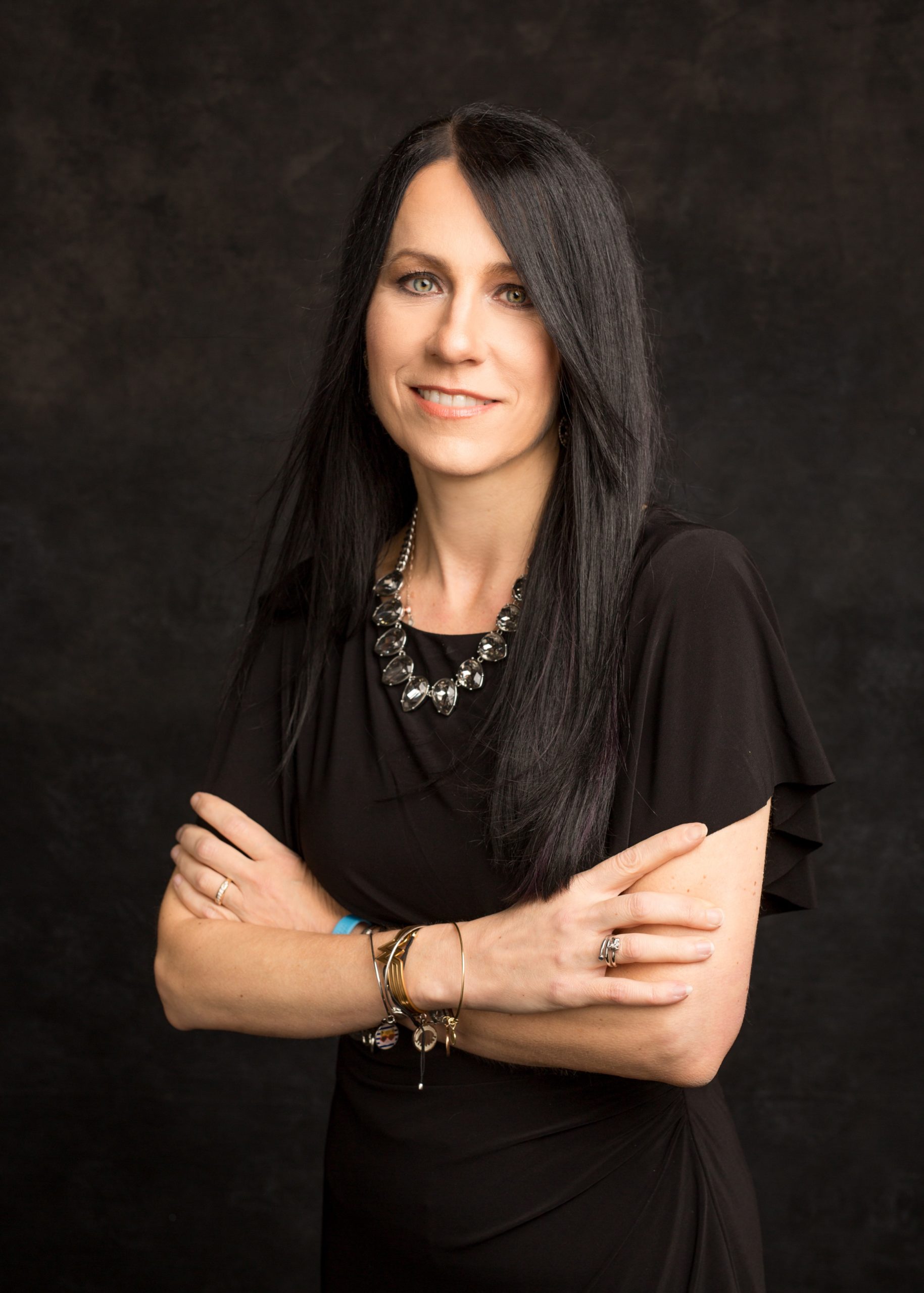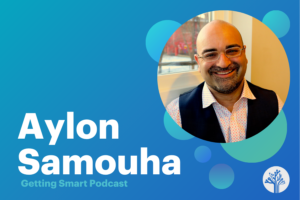Educators: 10 Ways to Make Time for Self-Improvement

As an educator, summer is a time for me to focus on a lot of things that tend to slip by throughout the school year. One of the most important is self-care. In order to bring our best selves to our classrooms and our schools, we must make time for our needs each day. Making time to do some normal things like catching up with family and friends, go on a vacation or a staycation even, and sleep in late, are good ways to recharge over the summer break.
When summer arrives, it is easy to get into a new daily routine, finding time for all of the things that we wanted to do but couldn’t fit into our schedules throughout the year. It may take a few weeks to adjust, but I find that once the end of June arrives, I am well into my summer routine of learning and enjoying the extra time with family and friends. The days are still filled but with more than work, although many educators seek professional development during the summer, it is on a more relaxed schedule. Many take advantage of the extra time and lack of a set schedule to engage in personal and professional development. Whether it is a time to travel with family and friends or something more professional like attending conferences or taking a class, we all find ways to fill all of that extra time. We get used to a new routine, and likely feel pretty good about our improvement and feel some balance until August arrives and educators return to their classrooms, hopefully, recharged and excited for the new school year.
But it’s also the time when educators can quickly become burnt out trying to prepare everything and implement new ideas and strategies for the school year. For those who had the “summer off,” making the shift back into the daily school routine can be a challenge. Even though we stay busy, we can still struggle with finding balance and making time to keep up our personal and professional growth once the school year starts back up. So how can we still do ‘all the things’ and stay balanced and find enough time for ourselves?
Here are ten ways to add in more time for you and to be more productive each day:
- Connect. We are surrounded by so many people each day in the midst of thousands of interactions. But how many of those interactions are truly meaningful and give us the needed time to pause, lean in and really listen? Are we able to connect with family, friends, students, and Professional Learning Networks (PLN)? Find a way to connect every day. Make time for family first. Share a meal together, go for ice cream, take a walk, watch TV, or play a game. Family time is critical; remember to make time for your ‘school family,’ too. Whether it’s by greeting students at the door, spending time in the hallways or the teachers’ lounge, or using social media to connect through messaging, make time for those moments. Find at least one person to connect with each day. It helps to keep us grounded and gives us access to a constant support system.
- Have a routine. Sometimes it comes down to just having a little bit of consistency in each day. Maybe this means setting aside a specific time to read in the morning, listen to music, respond to emails, or simply reviewing your schedule for the day. Personally, I find that having these activities during the day is one way to keep myself in balance. Knowing what my day holds or starting each day with a certain task like reading a blog keeps me accountable for taking time for myself.
- Choose one. There are so many choices we have for activities that are worthwhile for our mental and physical well-being. Our days become quite full, and the worst thing we can do is overwhelm ourselves by trying to do everything. Some good advice I received from a friend is to simply choose one thing. Get outside and walk, meet up with family and friends, whether once a week or as often as your schedule allows. Try to pick one activity per day that will be good for your well being.
- Disconnect. We all stay connected by a variety of devices. Technology is amazing because it enables us to communicate, collaborate and access information whenever we need to. However, it disconnects us from personal connections, takes away a lot of our time, and can decrease our productivity. It’s beneficial for us to make time to truly disconnect. Whether you leave your device at home during a vacation or simply mute notifications for a period of time during the day, it’s important to take a break. Pause to reflect, and be fully present with family and friends. Personally, I struggle in this area but have been more intentional about taking a break from technology.
- Exercise and movement. Think about the students in our classrooms and the learning experiences we create for them. Do we have them stay seated in rows each day or are there opportunities to move and be active? Finding time for exercise and movement is important to our well-being. Go for a walk, have a dance party, or use an on-demand or online exercise program. Get up and moving with your students, and take learning outside whenever you can. Exercise has so many benefits that even setting aside 10 minutes a day is a great way to boost energy and mental wellness. Invite a friend or colleague to join you and hold each other accountable.
- Time to rest. Just like exercise, it’s also important to get enough rest. How many times do educators stay up late grading papers or writing lesson plans, and get up extra early to prepare for the day? We can’t bring our best selves to our classroom if we are tired. Lack of sleep and quality rest will negatively impact our mental and physical health. Our students and colleagues will notice our lack of energy and possibly even mental clarity, so we need to ensure time for sleep to receive the positive benefits!
- Reflection. It is important that we model lifelong learning and the development of self-awareness and metacognition for our students. This involves setting aside a period of time where we reflect on our day, the progress we made, the challenges we faced, and even epic fails that we might have experienced. Finding a way to capture these reflections whether in a blog or journal or using an audio recording to listen to later, are all great ways to track our progress. Then we can revisit our reflections and ask ourselves, “Am I a little bit better today than I was yesterday?”
- Learning. Education is changing every day. There are new topics, trends, and tools that make keeping up with everything tough. There are so many ways that we can learn today that don’t take up too much time, however. While traditional professional development training and in-person sessions are useful—especially for the opportunity to connect with other people—the reality is that carving out availability to do this on a regular basis is a challenge. Instead, find something that meets your schedule. Whether it’s listening to a podcast or participating in a Twitter chat once or twice a week, watching a webinar, reading a few blog posts, or joining a group on Voxer to discuss what’s on your mind and ask questions about education. There are many ways to learn on the go!
- Celebrate. Make time every day to celebrate something. Whether it’s a positive event in one of your classes, something one of your students did, recognizing a colleague, validating your own efforts or just a random celebration, focusing on the positives will impact your well-being in the long run. No matter how big or small, the steps toward success and achieving goals and even some mistakes should be embraced and even celebrated. Modeling a celebration of the learning process, especially from failures, sends a positive message and is a good model for students.
- The power of no. It’s amazing how difficult it can be to say no. Educators are often asked or volunteer to assume additional responsibilities like sponsoring a club, joining a committee, chaperoning an event, or participating in other school events. There are so many things that comprise our role as educators and with our passion for teaching, it can be difficult to say no, especially when it comes to education and our students. But as hard as it is, sometimes it’s the best choice. Think about what is most important to you and the limited time that you have. I focus on why and how my participation or acceptance of whatever it is can benefit my students and the school community. Saying no is tough, but it is more than reasonable to say no sometimes. We have to do what is best for ourselves, so we can do what is best for our students.
These are just a few ways I’ve tried to maintain more balance and be more effective and productive in my work. We have to start each day with a focus on self-care, because that is how we can make sure that we are bringing our best selves into our classrooms, into our schools, and home to our families each day.
For more, see:
- Cognitive Learning Fuels the Corporate Wellness Movement
- Why Well-Being Matters in the Classroom, and How to Encourage It
- Metacognition and Mindfulness Meet the Power of Not Yet!
Stay in-the-know with innovations in learning by signing up for the weekly Smart Update.







0 Comments
Leave a Comment
Your email address will not be published. All fields are required.